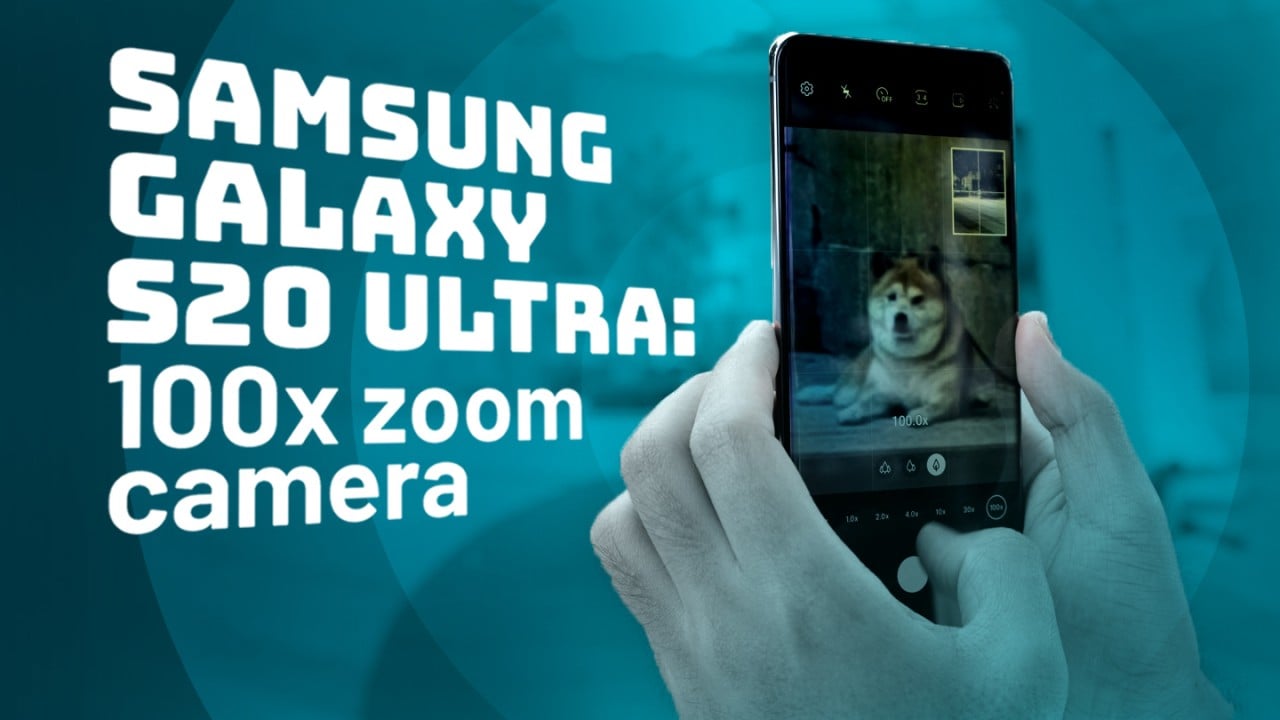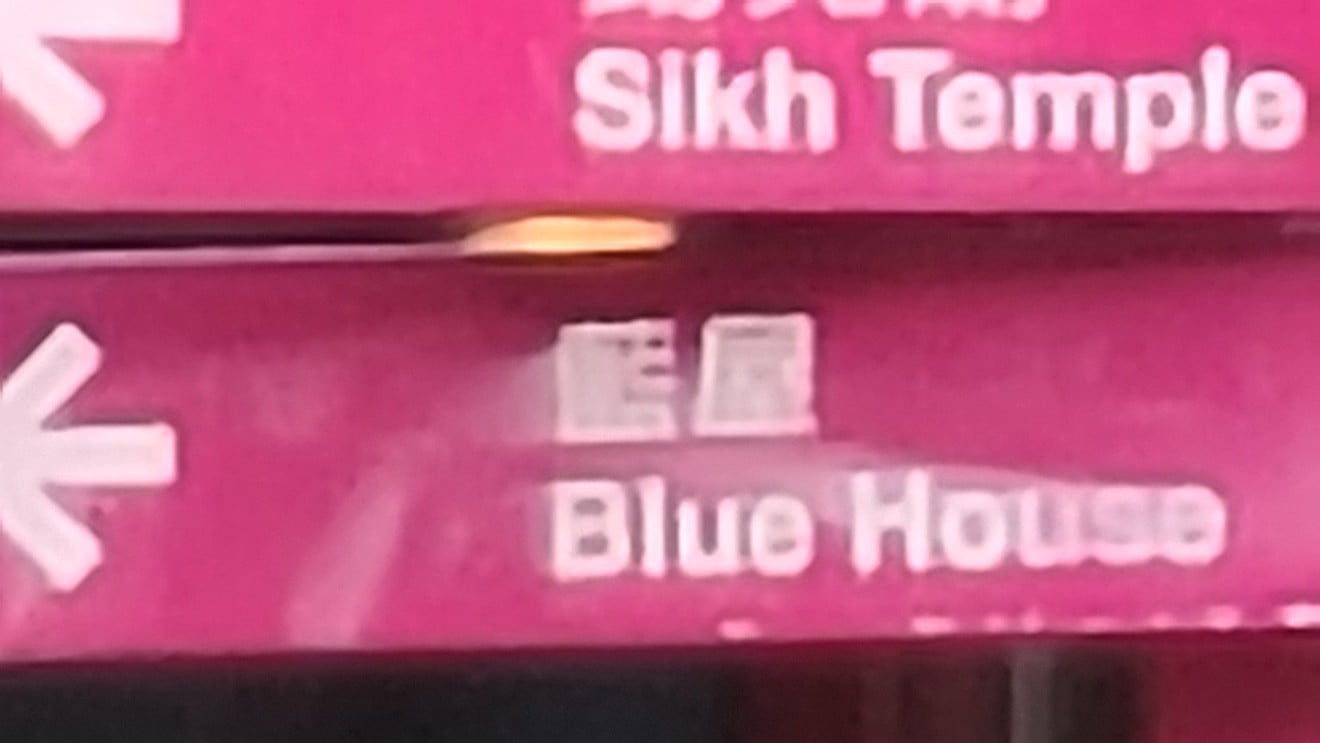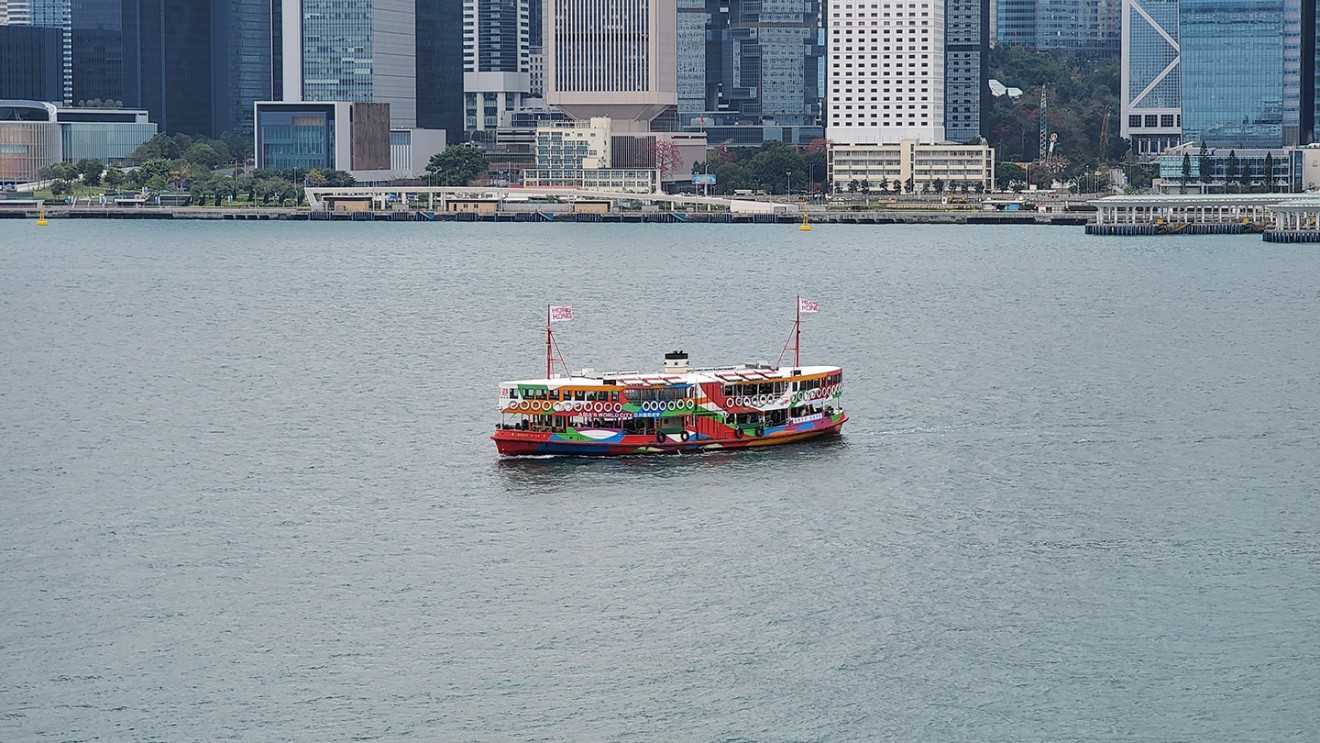
03:03
Shooting at 100x Zoom on Samsung Galaxy S20 Ultra
Zooming in 100x on the Samsung Galaxy S20 Ultra isn’t as cool as it sounds
It’s difficult to take a good shot at 100x zoom, but other zoom levels offer better result
When Samsung started touting the 100x zoom on the new Galaxy S20 Ultra, it probably sounded like an amazing feature to a lot of people. But the reality is quite different.
The S20 Ultra only has an optical zoom lens up to 4x. Anything more than that results in degraded image quality. The camera app still offers other preset zoom options, though, including 10x and 30x. How do these compare to the 100x zoom, and is there any reason to use these lower-quality digital zoom options? We have some answers for you.
The 100X blur
Since this is a smartphone camera we’re talking about here, I never expected great picture quality on the 100x zoom. So it wasn’t a big issue for me to find that the 100x zoom photos are very blurry. In fact, I even found the feature useful at times for taking a closer look at something far away.


When zoomed in all the way, the photos clearly don’t look good. Samsung says the S20 Ultra uses machine learning tech that ostensibly helps repair your 100x zoom image. Even so, it can’t work miracles. Your final images, if you somehow manage to stay on target to get the shot, are basically as high resolution as a watercolor painting.


Beyond just getting blurry shots, there are a few other issues when shooting at 100x zoom. First, it’s very difficult to take a steady shot. The camera wobbles a lot at 100x, and this makes it difficult to frame the shot while aiming at the subject. Even the slightest shake at 100x can make you lose your target. So if you’re zooming in that much, it’s best to use a tripod.

Another issue is finding a target that’s even worth shooting at 100x. The image quality is bad enough that it’s simply not worth using most of the time. It’s impossible to take clear shots of people’s faces, for example. And animals often move too quickly to keep them in frame long enough to get a shot at all. Results are better if you’re trying to zoom in on buildings or signs, but you’re still not going to get a clear image.

Honestly, it’s hard to think of anything that works well at 100x zoom. I can imagine a scenario in which you might want to use it for reference to something rather than an image you’d want to share on social media, but that’s about it.
Other zoom levels
So the 100x zoom is there if you really need it. But more realistically, the other preset zoom levels of 30x, 10x and 4x are going to be a lot more useful. It’s easier to get better zoom shots at these levels, with the sweet spot being at 10x for offering good zoom without noticeably worse quality.



Some of the results at lower zoom levels can be impressive. The best results will be at 4x zoom since it’s all optical. If you need to go in further than that, you can get good image quality up to 10x. But it’s still difficult to hold the camera steady enough for a clean shot at this level, especially in low light or when holding the phone with one hand.

If you can hold the phone steady enough, 30x zoom is a decent option when you need it. It’s not going to be as clear as the 10x photos, but it’s certainly a lot better than 100x. So if you really need a closer shot, it’s best to try to get physically closer to your subject.
Personally, I spent more time using the 4x zoom, staying away from digital zoom to get the best image quality. You may prefer to go this route if you’re sensitive to any image degradation.
Sadly, though, the 100x zoom is simply not practical on the S20 Ultra. The poor image quality combined with the difficulty of locking on to a subject and keeping the phone from shaking means very few people are going to want to use this feature. So it’s not really a good selling point and shouldn’t be factored into the price of the phone. The other zoom options still offer good photos, though, and can help the shutterbugs out there decide whether Samsung’s US$1,400 asking price is worth it.

